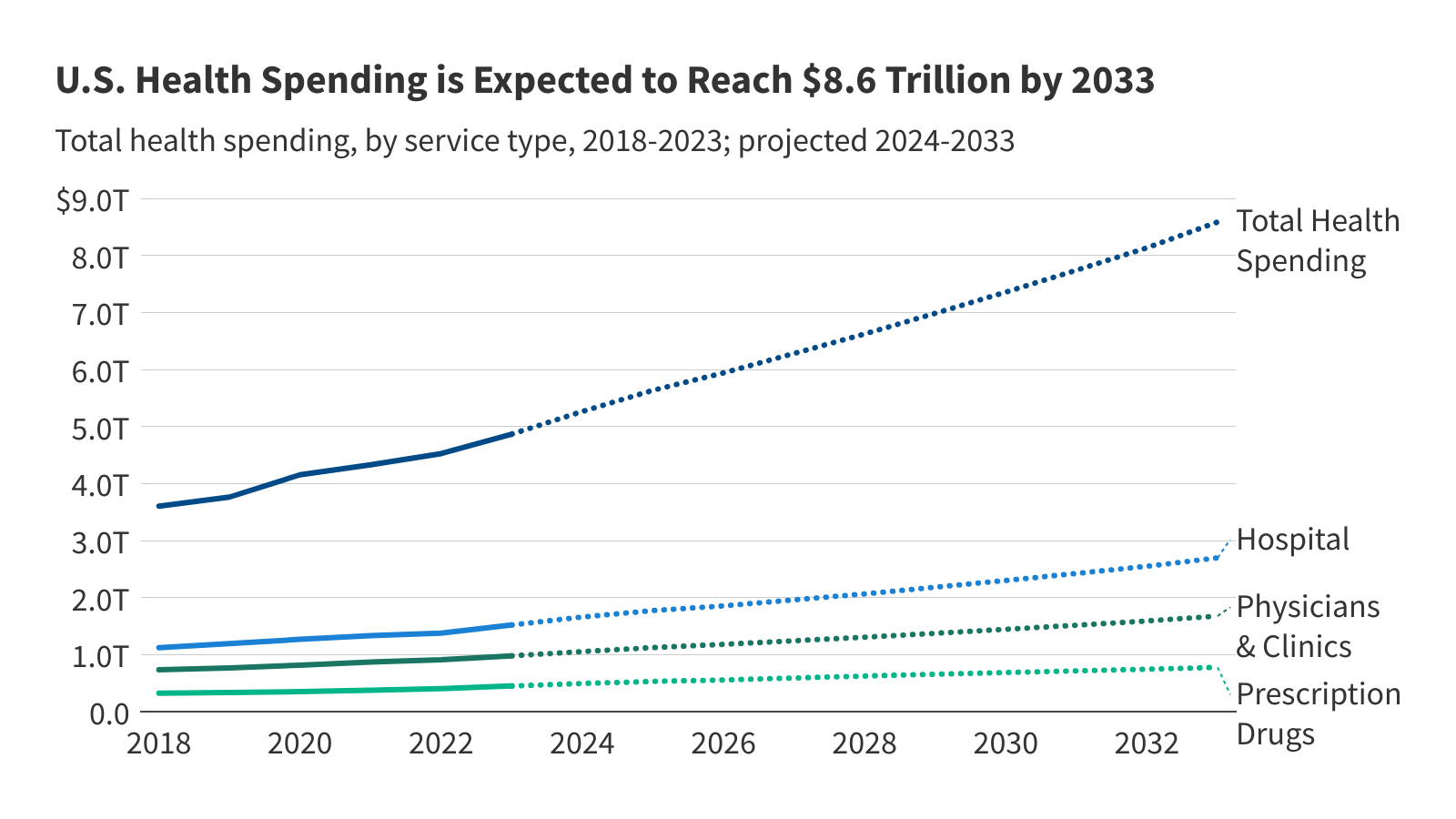Analysis: Half of Emergency Ambulance Rides Lead to Out-of-Network Bills for Privately Insured Patients
About half of emergency ground ambulance rides result in an out-of-network charge for people with private health insurance, potentially leaving patients at risk of getting a surprise bill, a new KFF analysis for the Peterson-KFF Health System Tracker finds.












